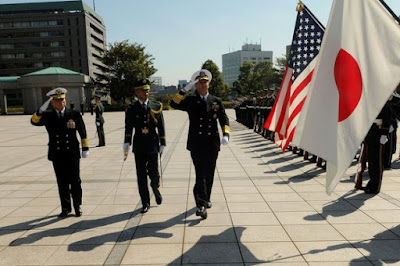Maisa the Movie
"HITA: Maisa, the Chamoru Girl who saves Guåhan" Trailer 2 from Twiddle Productions Inc. on Vimeo . ************* Buenas yan Hafa Adai, The Guam Department of Education (GDOE), Chamoru Studies Division is inviting you to the premiere showing of "Maisa, The Chamoru Girl Who Saves Guåhan", an animated movie in the Chamorro language, on Monday December 7, 2015 at the Tango Theater located in the Agana Shopping Center, show time will be at 7:00 p.m. The film is produced by the GDOE Chamorro Studies and Special Projects Division, and Twiddle Production. It is 100% federally funded by US Department of Education Consolidated Grant,Title V (Prugråman Giha Mås Mona). Please call 300-5048 or email to confirm your attendance by 12:00 p.m. on Friday, December 4, 2015. Si Yu'os Ma'ase', Angela F. Weger Administrative Secretary I GDOE Chamoru Studies & Special Projects Division 192 Dero Road Ordot, Guam 96910 Tel:...








